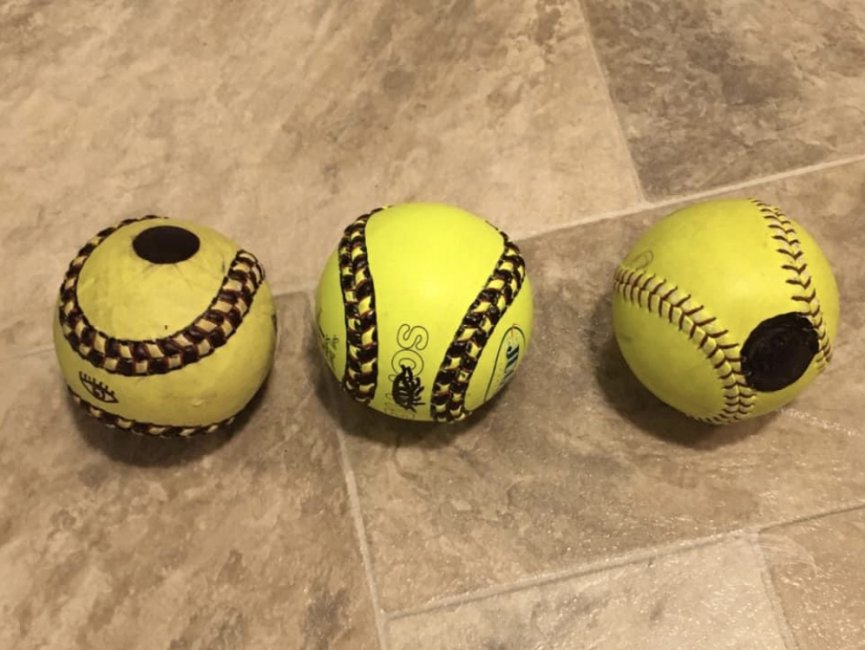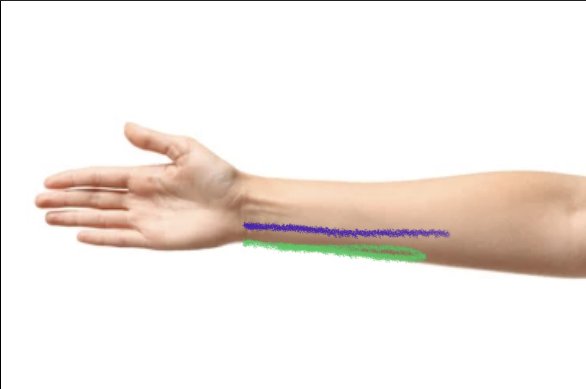I take my two tripods run a Chinese jumping rope (it’s elastic) between them, 8 ft in front of home plate, just above the knees. You can do without a catcher as well. Just put down a bucket lid behind home plate. Try to hit the lid.
The way I see it is you’re shooting an upside down basketball shot. In basketball your brain calculates everything for the ball to go over the rim and into net. It calculates how much force, arc is needed. I apply the same thing to the drop. We are shooting a basket, letting the fingers put the desired spine, arc to go over the rope (rim) and into the basket (catcher or lid).
The way the fingers put spin on the basketball and how the basketball leaves the fingers is the same as a drop.
https://www.amazon.com/gp/aw/d/B07PJCS5W2?psc=1&ref=ppx_pop_mob_b_asin_title
The way I see it is you’re shooting an upside down basketball shot. In basketball your brain calculates everything for the ball to go over the rim and into net. It calculates how much force, arc is needed. I apply the same thing to the drop. We are shooting a basket, letting the fingers put the desired spine, arc to go over the rope (rim) and into the basket (catcher or lid).
The way the fingers put spin on the basketball and how the basketball leaves the fingers is the same as a drop.
https://www.amazon.com/gp/aw/d/B07PJCS5W2?psc=1&ref=ppx_pop_mob_b_asin_title






